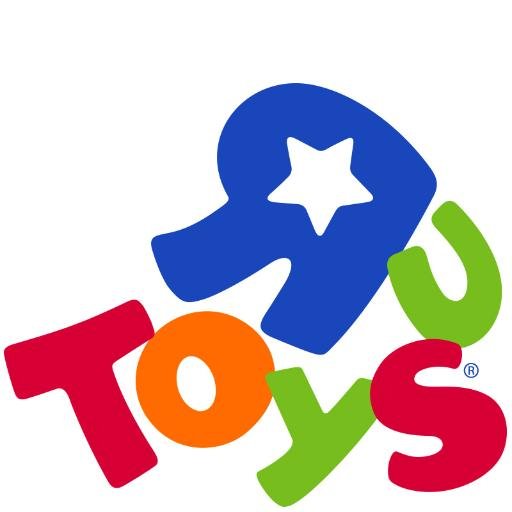Title Page
-
Site conducted
-
Conducted on
-
Prepared by
Checklist
-
1. Familiarize travel route and weather conditions before you start. <br><br>If using GPS navigation: set prior to driving.
-
2. Check vehicle is in good operating condition. E.g., no crack in windscreen or bald Tyers. If not driving your regular vehicle, learn how to operate all controls.
-
3. Set up mobile phone hands-free mobile device
-
4. Store all loose items in the boot (trunk) or restrain from movement.
-
5. Establish comfortable seating position and ensure all mirrors are correctly positioned.
-
6. Check first aid kit is available and up to date
-
7. Park in well-lighted areas only, close to building entrances and walkways.
-
8. Secure all valuables out of sight before locking vehicle.
-
9. Think before you get out: Take care exiting vehicle, e.g., not onto the road.
-
10. Where possible travel with another person or have scheduled check-in times with a manager.
-
11. If you have an incident: <br><br>Step 1. Ensure area safe before stepping out of car, if not safe and car still functional signal other drivers involved to follow you to more secure location <br><br>Step 2. Switch off ignition and activate hazard lights <br><br>Step 3. Check if anyone is injured, including yourself – whiplash may take time to become evident Step 4. If injured person calls 000 <br><br>Step 5. Exchange details with others involved in incident. Names, address, phone number and insurance details <br><br>Step 6. Contact your manager as soon as possible
-
Notes:
Check these items in addition to following all relevant road laws.
Additional precautions are required for special situations e.g., towing a trailer.












